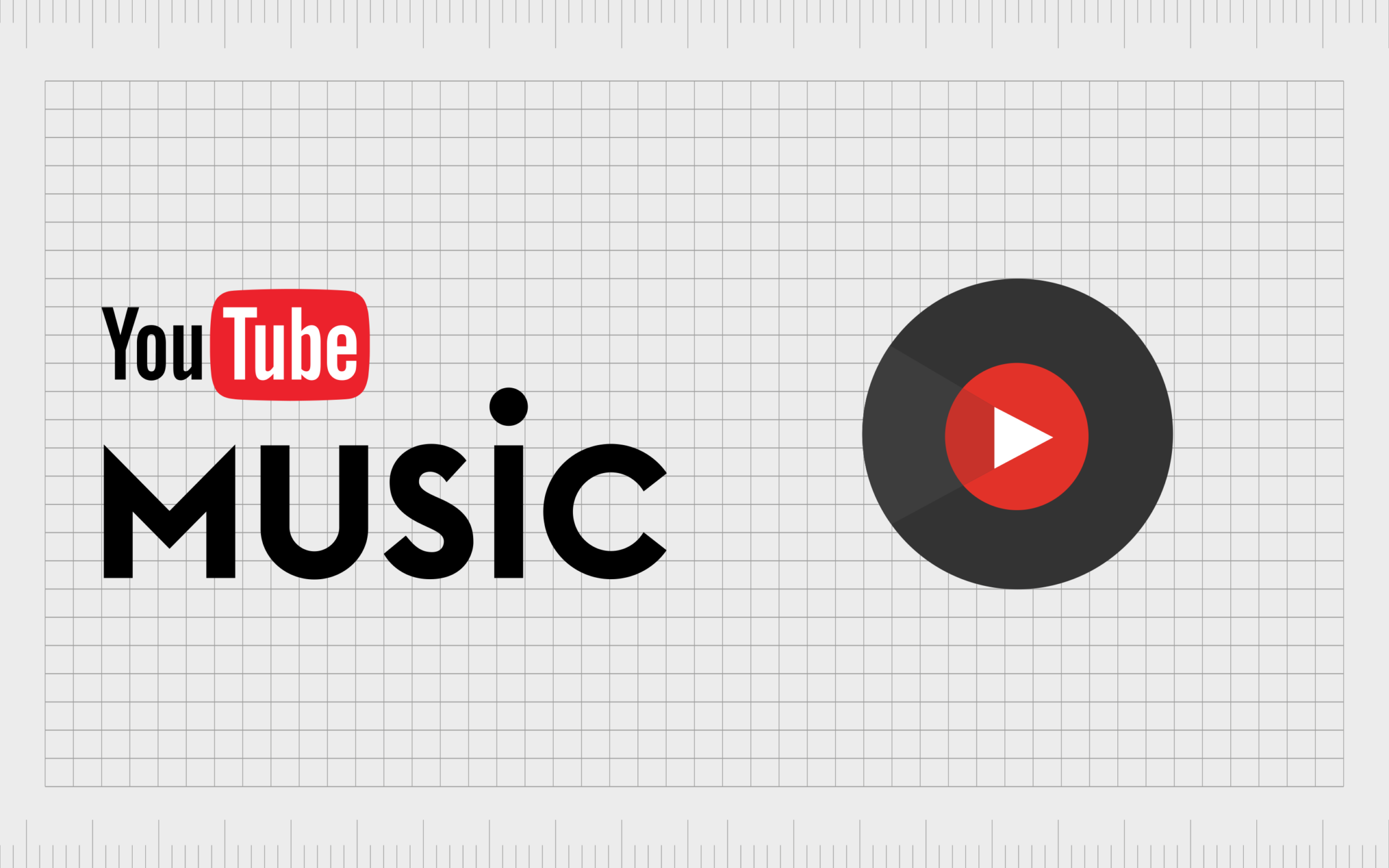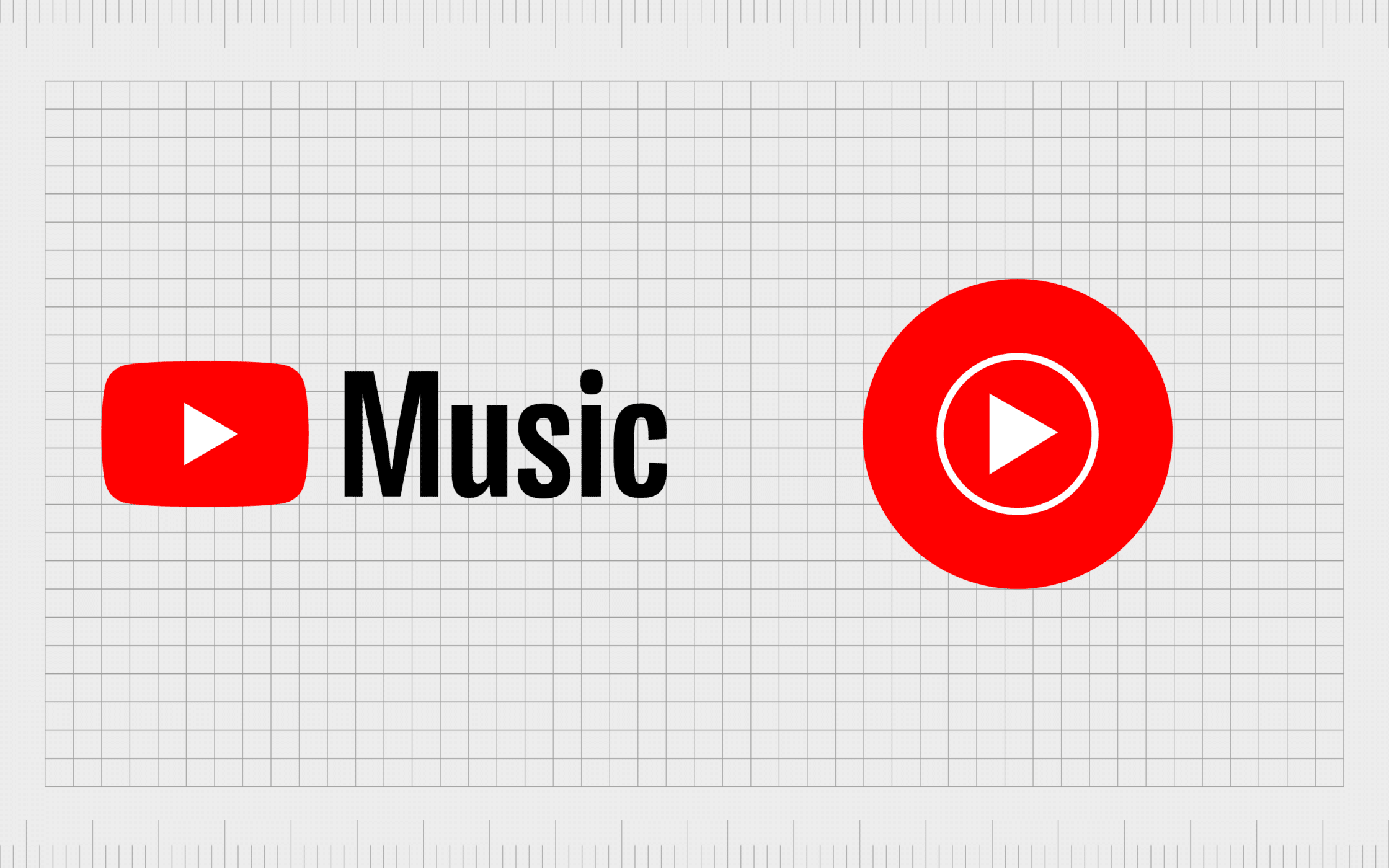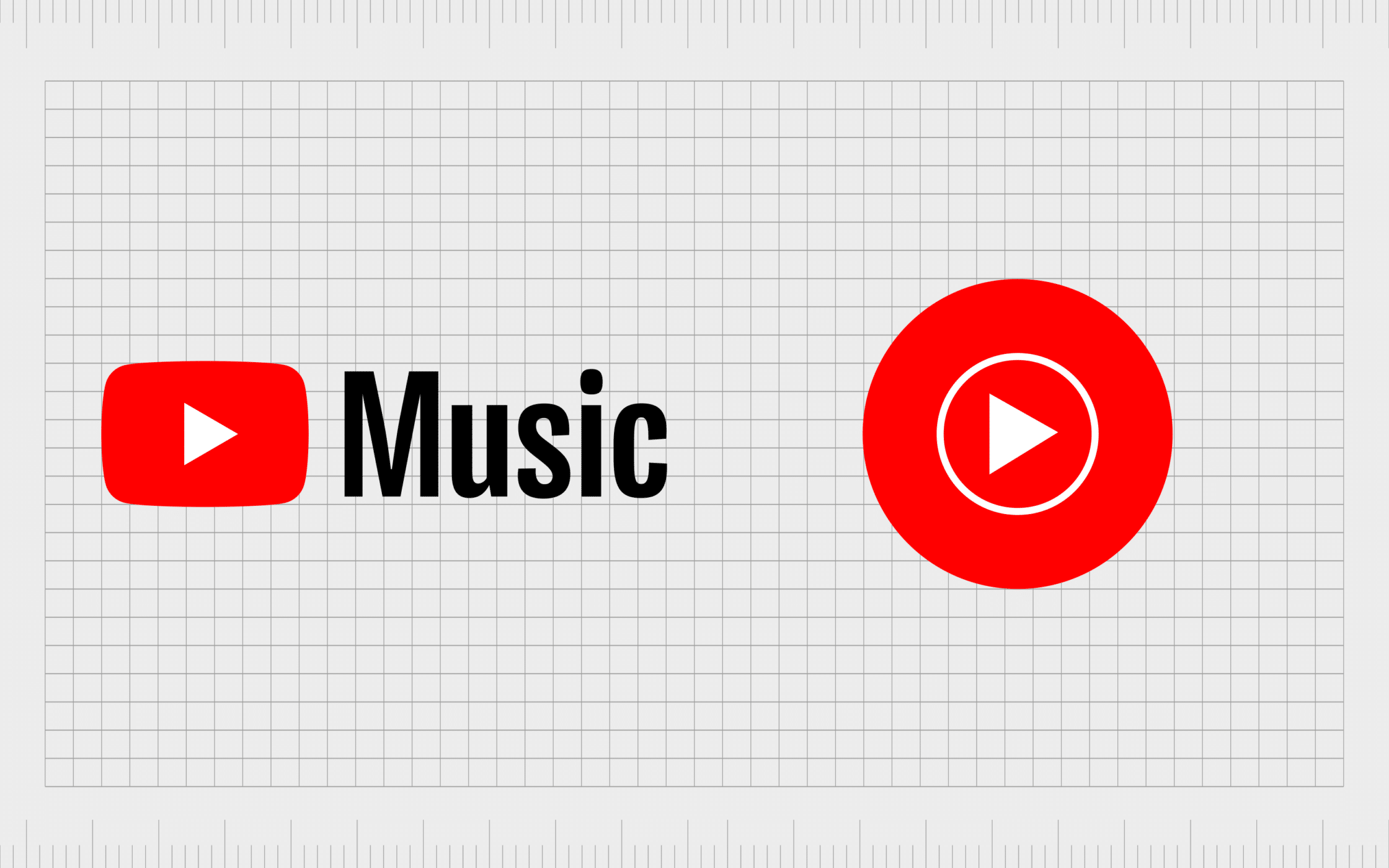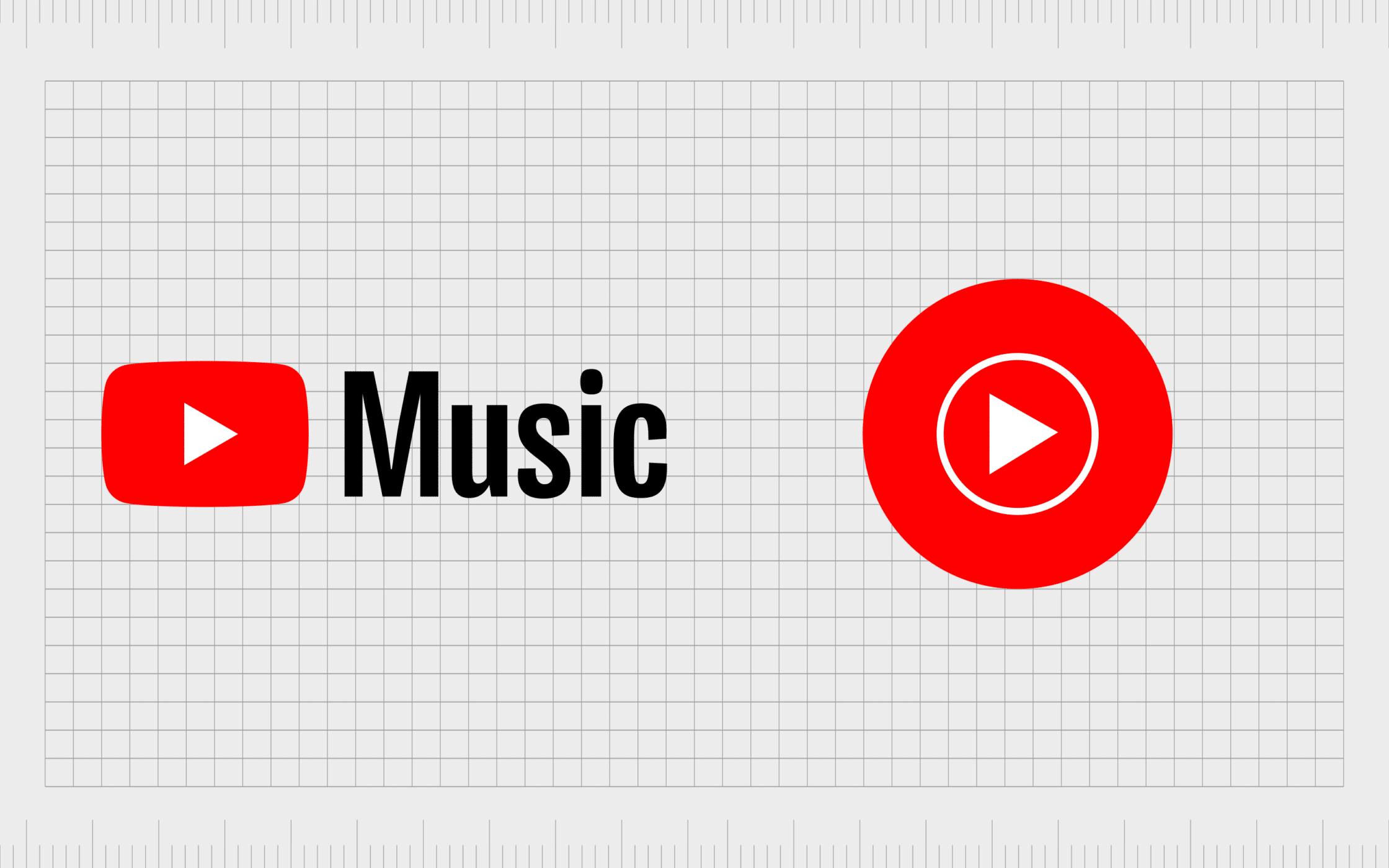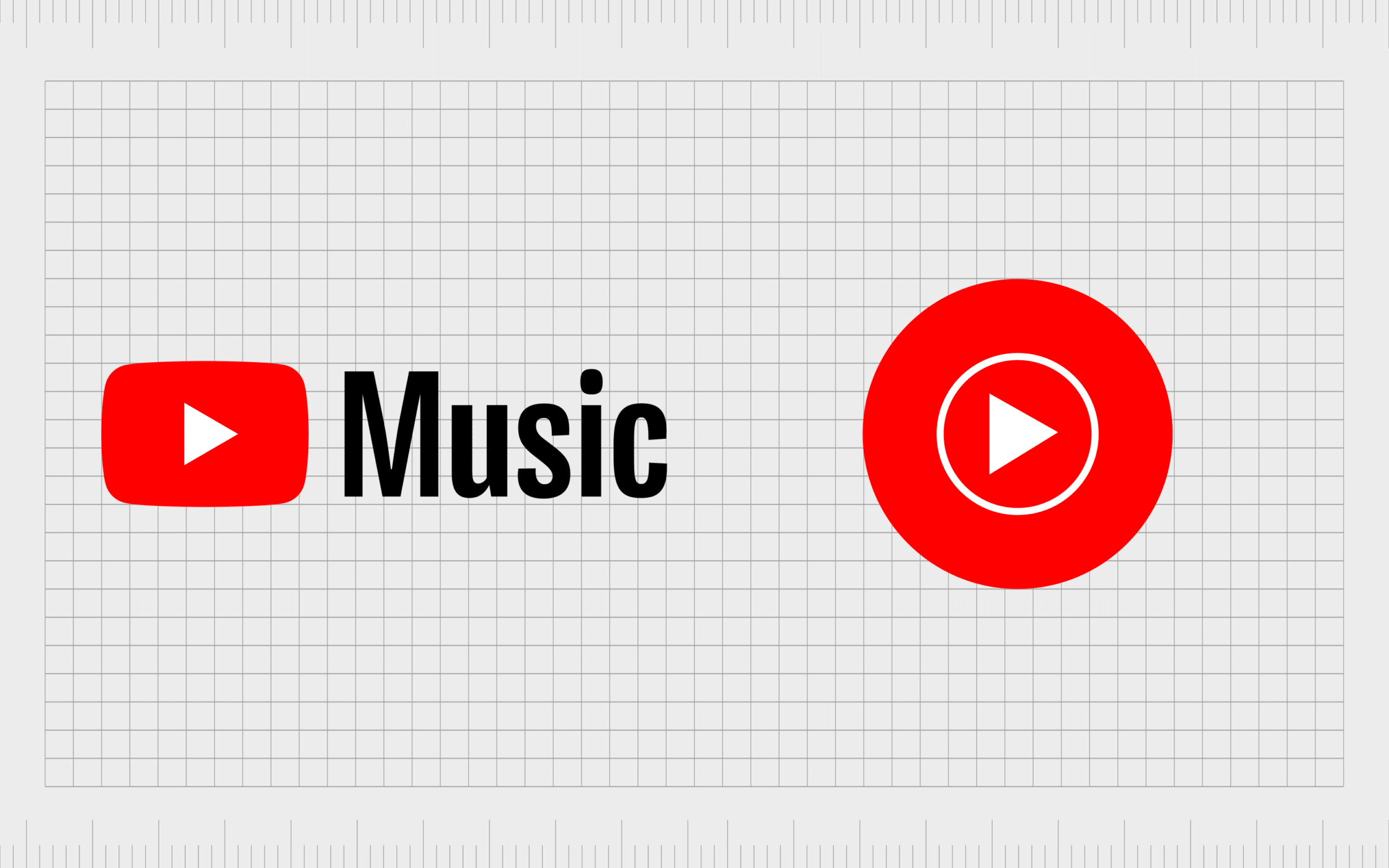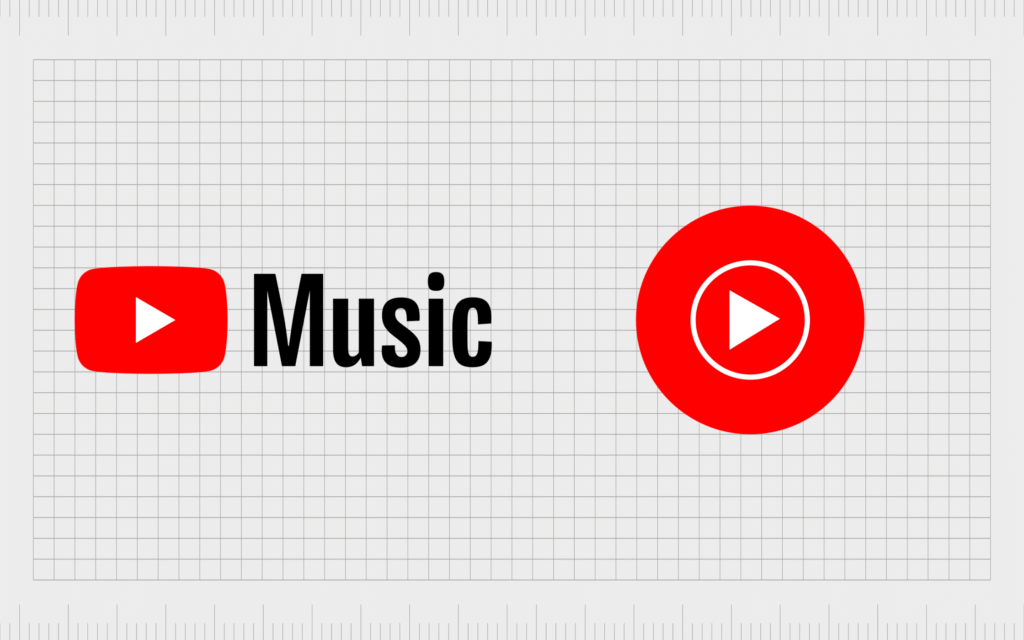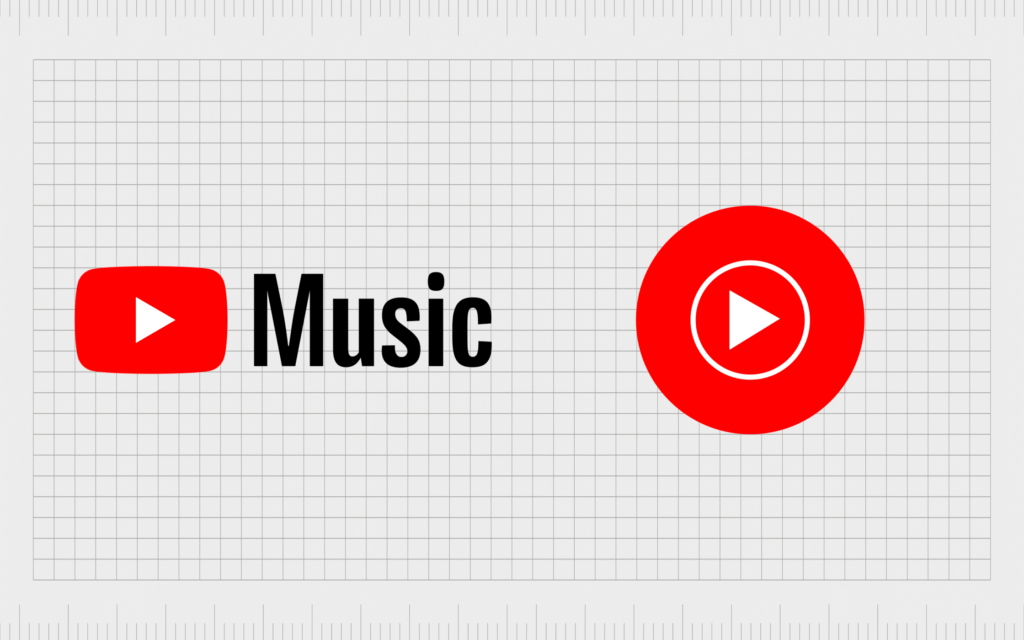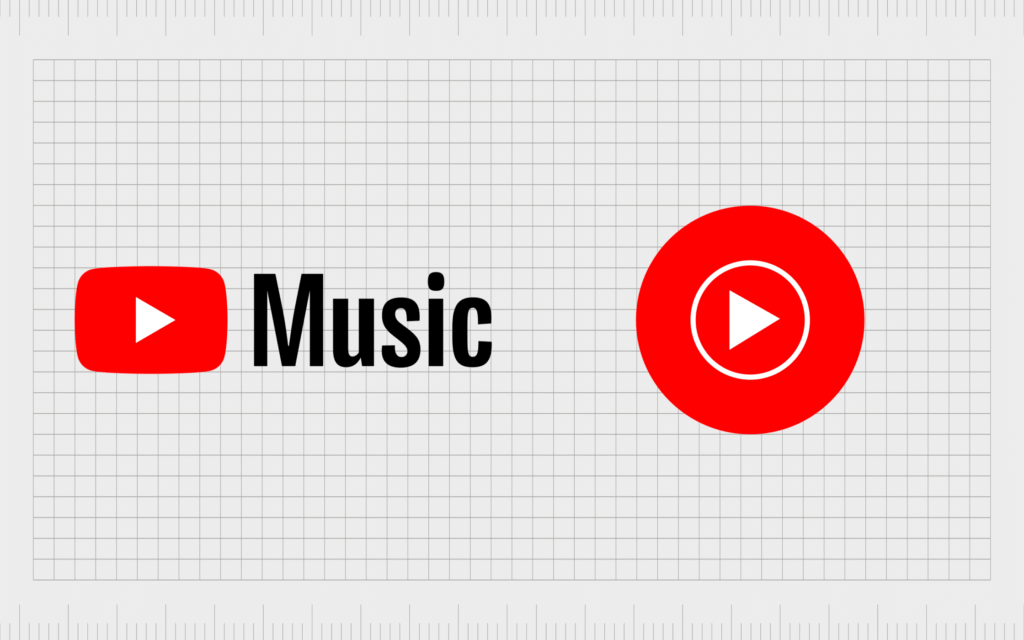YouTube Beef: A Deep Dive into Drama, Controversy, and the Quest for Clout
Introduction
YouTube, a platform celebrated for its creativity, community, and diverse content, also has a less savory side: YouTube beef. These public feuds between content creators can be explosive, captivating audiences and sometimes even shaping careers. While drama is nothing new in entertainment, YouTube beefs have a unique flavor, fueled by the platform’s intimate connection between creators and viewers. This article delves into the phenomenon of YouTube beef, exploring its origins, common triggers, impact, and potential consequences.
The Anatomy of a YouTube Beef
A YouTube beef is essentially a public dispute between YouTubers, typically played out through videos, social media posts, and sometimes even real-life interactions. These conflicts can range from minor disagreements to full-blown wars of words, often escalating quickly due to the public nature of the platform.
-
Origins: YouTube beefs can stem from various sources, including:
- Creative Differences: Disagreements over content styles, collaborations, or perceived plagiarism.
- Personal Conflicts: Disputes over relationships, friendships, or perceived betrayals.
- Business Rivalries: Competition for views, subscribers, sponsorships, and overall success on the platform.
- Social Commentary: Disagreements over social or political issues, leading to heated debates.
-
Escalation: A typical YouTube beef follows a predictable pattern:
- Initial Spark: A comment, video, or post triggers the conflict.
- Response Video: The offended party responds with a video addressing the issue.
- Tit-for-Tat: A series of back-and-forth videos, each more inflammatory than the last.
- Social Media Frenzy: Twitter, Instagram, and other platforms become battlegrounds for fans and creators alike.
- Possible Resolution (or Prolongation): The beef either fizzles out, escalates further, or is resolved through a public apology or private agreement.
Common Triggers and Themes
Several recurring themes and triggers often ignite YouTube beefs:
- Callout Culture: The act of publicly calling out another creator for perceived wrongdoings. This can range from legitimate criticisms to personal attacks.
- "Stolen" Content: Accusations of plagiarism or copying content ideas.
- Relationship Drama: Disputes over romantic relationships, breakups, and perceived infidelity.
- Sponsorships and Brand Deals: Conflicts over sponsored content or perceived unfair competition.
- Clickbait and Sensationalism: The use of exaggerated or misleading content to attract views, often at the expense of others.
The Impact of YouTube Beef
YouTube beefs can have a significant impact on creators, viewers, and the platform as a whole:
-
For Creators:
- Increased Visibility: Beefs can generate massive attention, leading to a surge in views, subscribers, and overall visibility.
- Financial Gains: Increased attention can translate into more ad revenue, sponsorships, and merchandise sales.
- Reputational Damage: Beefs can damage a creator’s reputation, leading to loss of subscribers, sponsorships, and overall trust.
- Mental Health Toll: The stress and negativity associated with beefs can take a toll on a creator’s mental health.
- Legal Repercussions: In some cases, beefs can lead to legal action, such as defamation lawsuits.
-
For Viewers:
- Entertainment: Beefs can be entertaining for viewers, providing drama and spectacle.
- Polarization: Beefs can polarize audiences, forcing them to take sides and creating divisions within the community.
- Exposure to Negativity: Constant exposure to drama and negativity can create a toxic environment for viewers.
- Desensitization: Over time, viewers may become desensitized to the negativity and conflict, leading to a normalization of harmful behavior.
-
For the Platform:
- Increased Engagement: Beefs can drive engagement on the platform, leading to more views, comments, and shares.
- Content Regulation Challenges: YouTube faces the challenge of regulating beef-related content while upholding freedom of speech.
- Community Standards Enforcement: YouTube must enforce its community standards to prevent beefs from escalating into harassment, bullying, or other harmful behavior.
- Reputational Risk: The platform’s reputation can be tarnished if it is perceived as a breeding ground for negativity and conflict.
Notable Examples
Several YouTube beefs have made headlines over the years:
- PewDiePie vs. T-Series: A battle for the title of the most subscribed channel on YouTube, which became a cultural phenomenon.
- Jake Paul vs. KSI: A series of boxing matches and online feuds between two of YouTube’s biggest personalities.
- Tati Westbrook vs. James Charles: A dramatic fallout between two beauty gurus that shook the makeup community.
Recent Data and Trends
While it’s challenging to quantify YouTube beefs precisely, several trends are evident:
- Increased Frequency: Beefs seem to be occurring more frequently, possibly due to the increasing competition for attention on the platform.
- Shorter Lifespans: Beefs may be shorter-lived, with creators quickly moving on to the next controversy to maintain engagement.
- Greater Intensity: Beefs may be more intense, with creators resorting to increasingly inflammatory tactics.
The Ethical Considerations
YouTube beefs raise several ethical questions:
- Is it ethical to exploit personal conflicts for views and subscribers?
- What responsibility do creators have to their audience when engaging in beefs?
- How can YouTube balance freedom of speech with the need to protect users from harm?
Moving Forward
Addressing the negative aspects of YouTube beef requires a multi-faceted approach:
- Creator Responsibility: Creators should be mindful of the impact of their actions and prioritize respectful communication.
- Audience Awareness: Viewers should be critical of the content they consume and avoid fueling negativity.
- Platform Regulation: YouTube should continue to refine its community standards and enforce them consistently.
- Education and Awareness: Promoting media literacy and educating creators and viewers about the potential consequences of beefs.
Conclusion
YouTube beefs are a complex and often controversial aspect of the platform. While they can generate attention and engagement, they also have the potential to cause significant harm. By understanding the dynamics of YouTube beefs, promoting ethical behavior, and fostering a more positive community, we can work towards a healthier and more sustainable ecosystem for creators and viewers alike.
